Do you love colors, or enjoy being around natural environments? Everything from the natural, earthy smell of soil and growing plants, to the vibrant beauty these plants bring, is appealing and relaxing. You must not have a green thumb to appreciate the beauty that these plants bring, but if you do, then this post suits you best. Below is a compilation of 10 of the most beautiful purple houseplants you will want to have in your home. Learn how to plant and care for them every day without breaking a sweat.
The narrative that houseplants can be messy and expensive to maintain could not be far from the truth. All you need to do is learn a few hacks, and you are good to go. Choose plants that will brighten the colors in your home and those you can easily care for. Fortunately, there are numerous varieties of purple houseplants that you will want to check out. Below are ten of our best picks, and we hope that you like them too.
False Shamrock (Oxalis Triangularis)
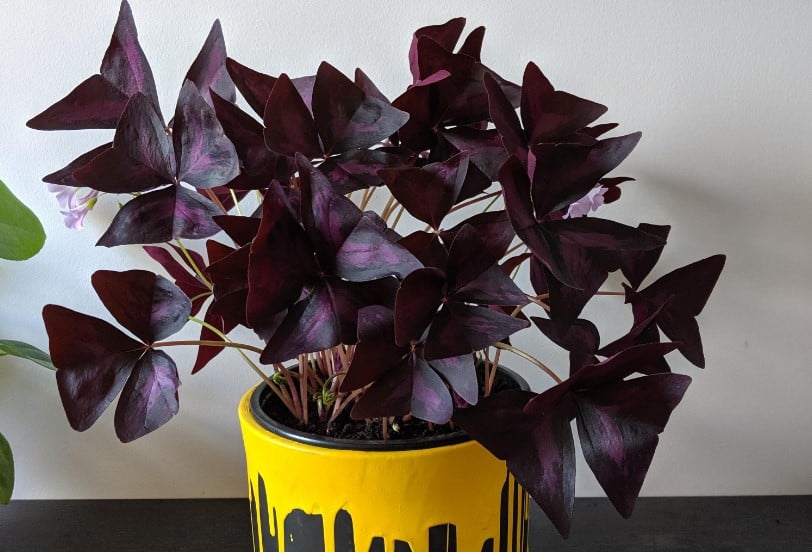
It is scientifically known as Oxalis triangularis and locally referred to as false shamrock. The houseplant is native to Brazil. It is loved for its vibrant and bold color, which can range from crimson to violet. The beautiful plant sprouts within a week and blossoms into lavender flowers in 10 weeks. You may want to place them in a light-colored flower pot to achieve a magnificent contrast.
To grow them successfully, ensure that they get daily exposure to direct sunlight several hours a day. Choosing a sunny spot in your garden or home will be the best idea. Be watchful with your pets because they can easily nibble on the oxalis. Preferably go for a higher-placed display to fix such issues.
Burgundy Rubber Tree
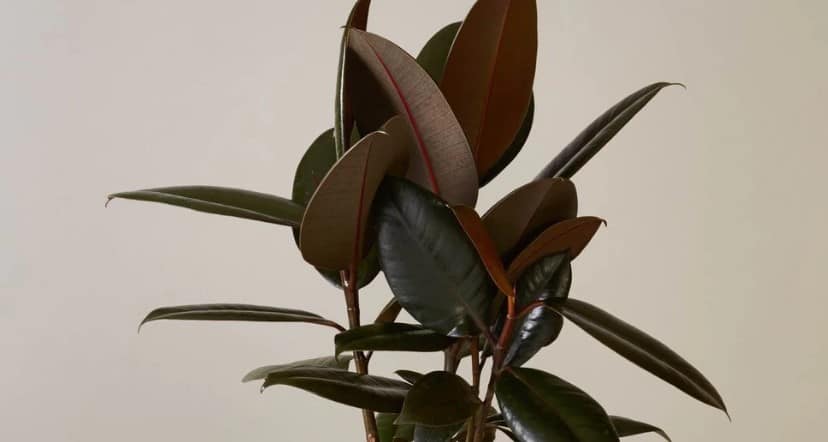
If you want a stand-alone houseplant, then this would be perfect. It works perfectly for someone looking for a subtle focus tree. The fact that it is less finicky than the more fiddle-leaf fig makes it ideal for elegant individuals. Note that it can grow to a height of 25 feet indoors. Place it in a well-lit area of your home because it thrives under bright but indirect sunlight. Ensure the soil it grows on is moist all through its growing season, which is in summer. For the winter days, keep the soil less moist.
Lavender

Lavender is bright and oddly bright, perfect for the person who wants to add a pop of freshness and color to their house. It may be an unconventional choice for a houseplant but works nonetheless. It is easy to grow since all you need to do is to place it near a window that lets in plenty of sunshine. You will also love the freshness in your house as the wind blows. Choose smaller varieties for the house. With light being a major necessity, in this case, use grow light in case of sunshine deficiencies. Lavenders can only thrive under proper lighting.
Wandering Jew Plant
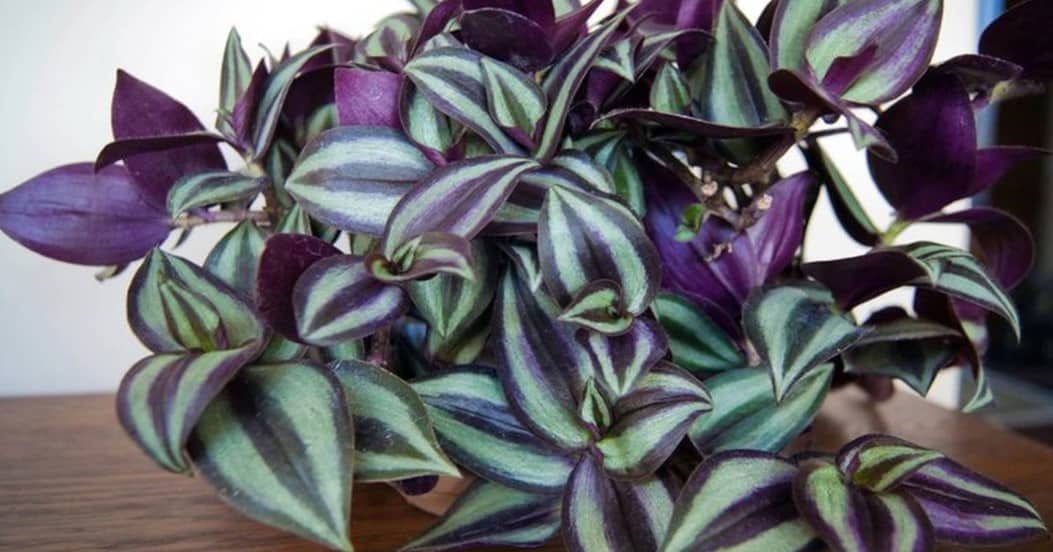
This plant thrives best when grown outside. However, you may want to grow it inside the house as long as you can supply it. The plant is native to South America and prefers lots of sunlight and warmth. Start by picking the right pot with a saucer or a hanging basket. Fill the pot three-quarters full and plant.
To care for the wandering Jew, choose a spot in the house that receives maximum sunlight all day long. Even so, ensure that it does not get too hot in the afternoons. If it does, a simple curtain seal can help regulate the temperatures. Remember that this plant prefers moist soils hence the need to water regularly. However, during winter, let the soil dry out a little before watering because the growth is slowed.
Colocasia or Elephant Ears
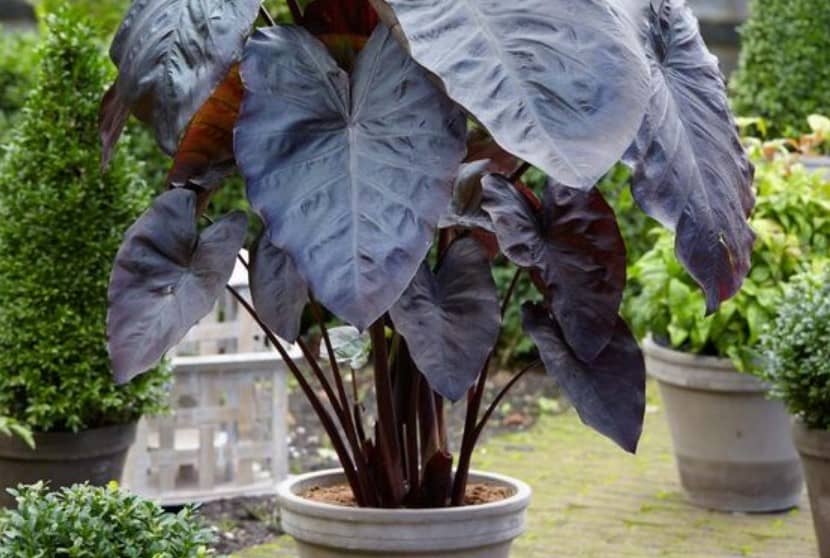
This beautiful but massive plant can add a touch of finesse to your indoor space. However, due to its massive size, you may want to be prepared and choose a location that allows it to thrive. It does well away from direct sunlight. They need high humidity rates, meaning that you may have to use a humidifier inside the house to thrive.
To also increase the levels of humidity, elevate the plant by putting pebbles between the pot and saucer. Plan on applying fertilizer every two weeks to boost growth. You may also need to choose the varieties with upright leaves to maximize on space. One of the best indoor varieties is the black magic with dark burgundy-black leaves.
Persian Shield
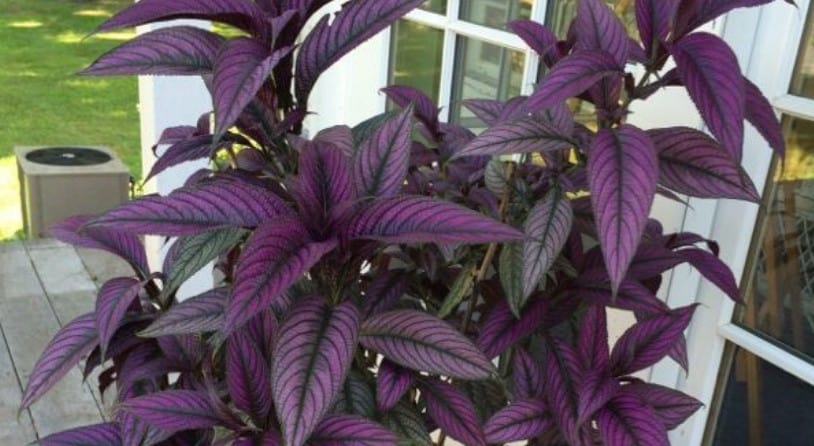
The Persian shield is native to Myanmar. It is mostly known as the Persian shield or royal purple plant. Its botanic name is Strobilanthes dyerianus. You may consider it as the perfect houseplant in winter. It blooms during the cold season, either during late fall or in winter. It requires rich and moist soils and partial shades. This low-maintenance plant may be the source of color and bloom you need most during the cold winter seasons.
Purple Passion Plant
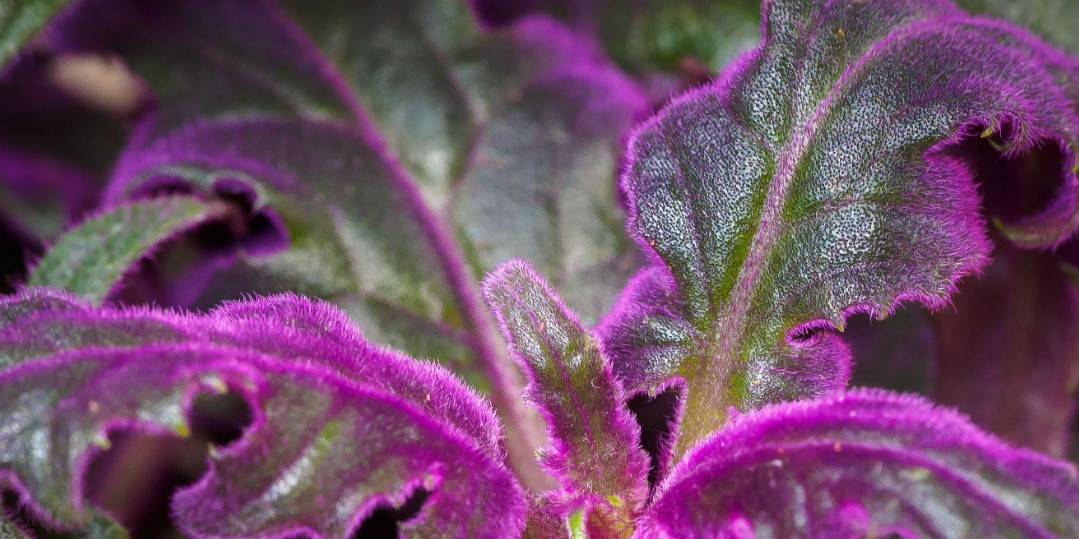
This is yet another excellent choice of a houseplant. Owners can choose to trim and grow it in a small bushy plant or let it cover a small tabletop or bookcase. Its versatile purple color is what attracts many to it. It originally is from India. It thrives indoors at any location because it is a hardy plant. It works well in a medium to sunny spots. A windowsill would be its ideal location. Keep the soils moist and not wet, ensuring to water at least once a week. Use well-drained soils only.
African Violet or Saintpaulia
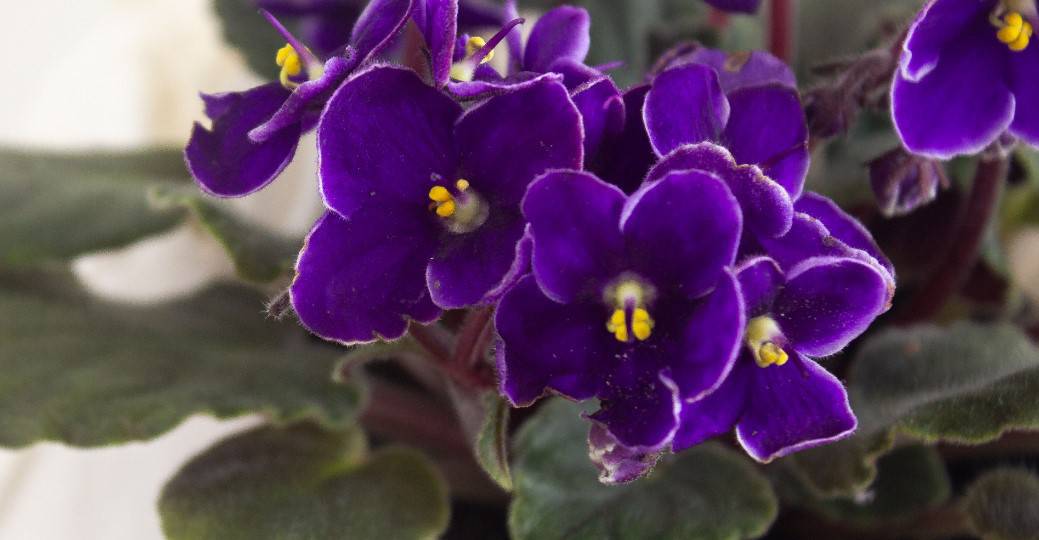
This is a simple indoor plant that requires minimal attention and care. They tend to bloom all year round, making them a favorite for many people. Sunlight requirements should range from low to medium range, with the indirect sun being most preferred. Soils should be moderately moist to avoid rotting. Always water from the bottom upwards to keep water away from the leaves. Use water-soluble fertilizer when watering to help boost growth.
Blood Leaf Plant – Iresine herbstii
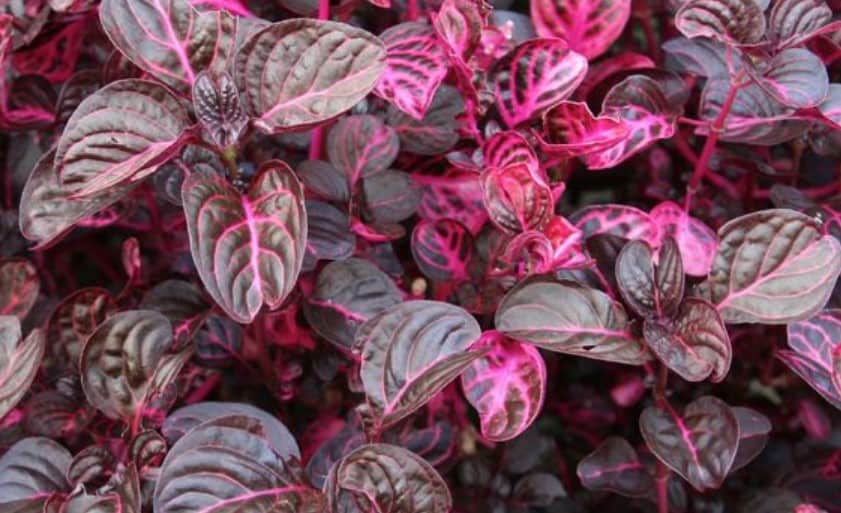
The beauty of this plant lies in its beautiful waxy purple variegated leaves. Many cultivators grow it as a mounding or trailing houseplant. It offers an interesting color blend to any indoor garden. To cultivate it successfully, consider exposing them to full or filtered sunlight. Soils used must be rich and well-draining. Only water whenever soil surfaces seem dry and reduce watering in winter. You should also apply fertilizer every three months.
Little Ruby Alternanthera
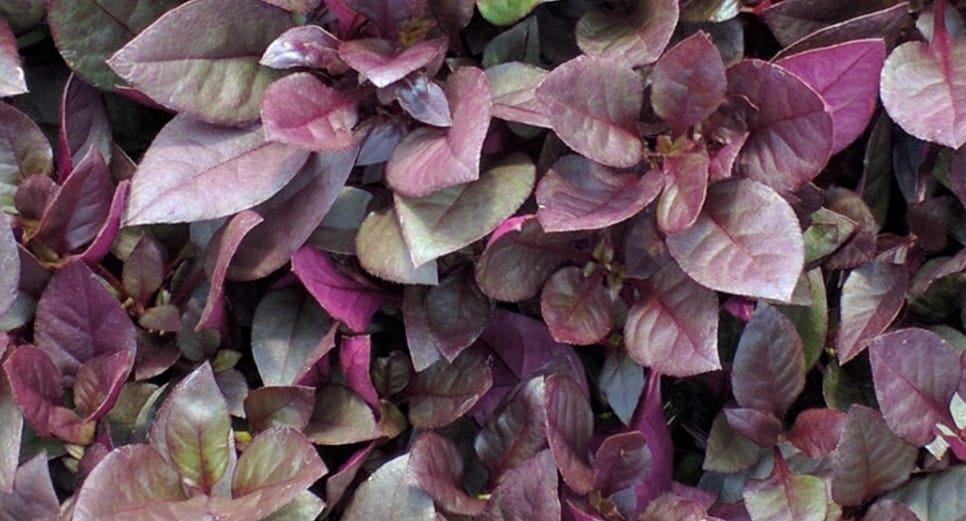
If you are looking for a unique plant to have in your house, then Little Ruby would be perfect. It also goes by the names Joseph’s Coat or Parrot Leaf. The plant has glossy burgundy/ purple leaves with ruby-red undersides. These leaves are more ornamentally significant compared to its flowers and fruits. For one to grow this low maintenance houseplant, full or partial sunlight exposure is needed. You may also need to water it frequently than you would if it was planted outside.
Growing your favorite colored houseplant is easy. Pick a variety that is low-maintenance and hardy just in case you forget to care for it. Consider transforming your home into a haven of freshness and beauty by introducing a few purple flours to a houseplant collection.
